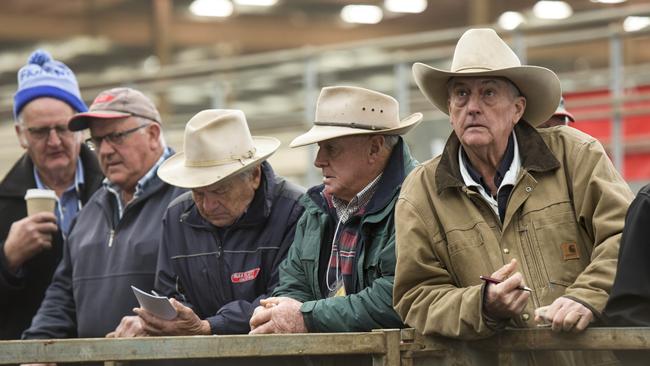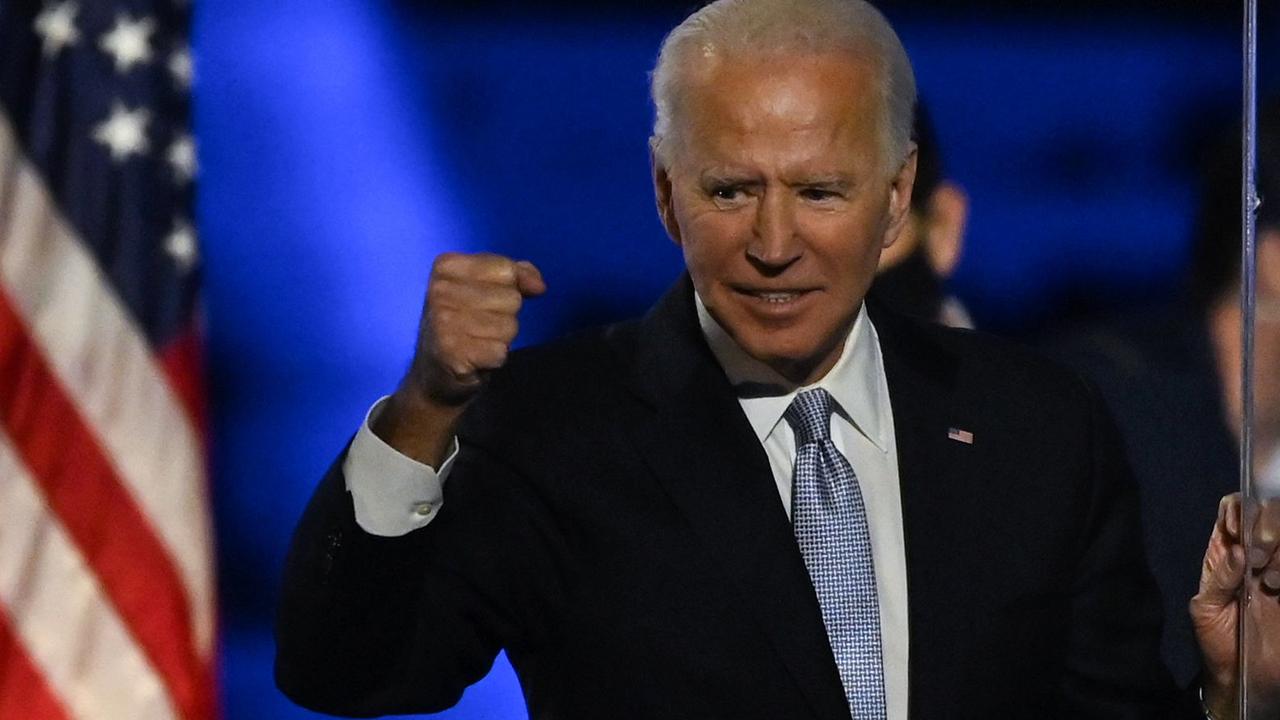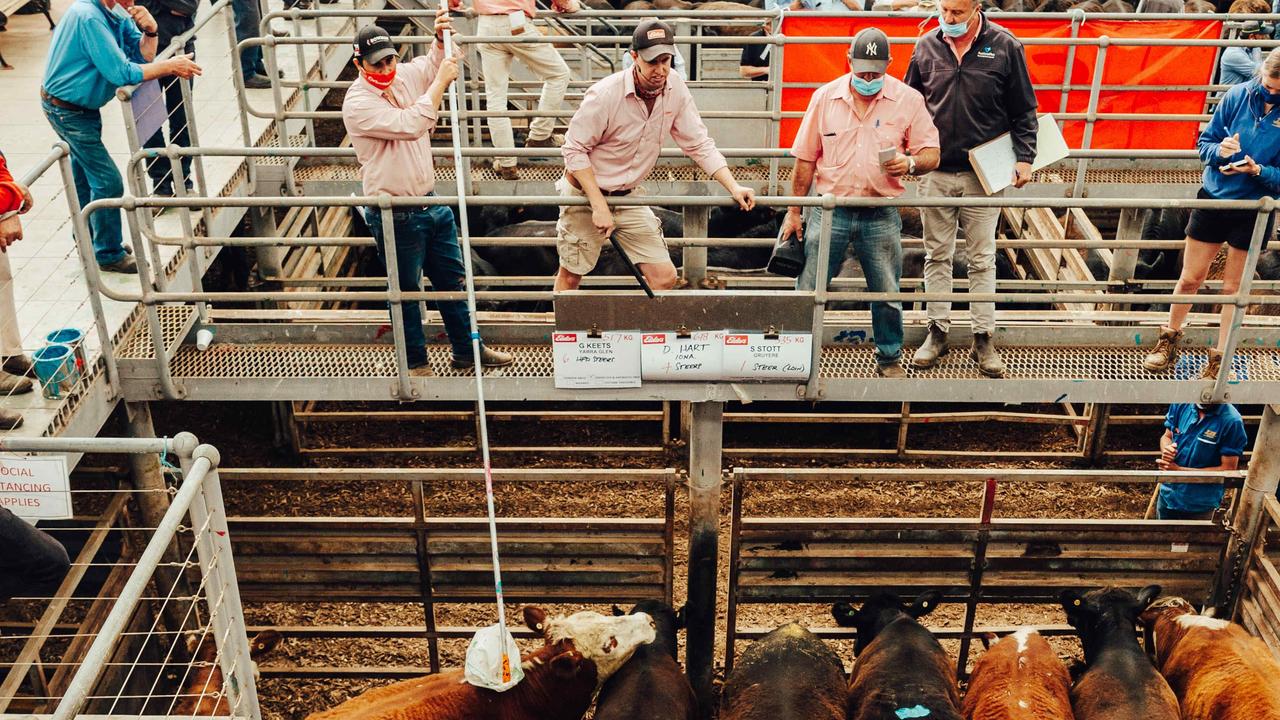Cattle prices continue to march upwards
As feedlot demand continues to drive cattle prices, fears are growing the strength in the market is unsustainable. Madeleine Stuchbery reports.

RESTOCKER and feedlot demand continues to drive cattle prices higher at saleyards across the country, but fears grow that high prices won’t be sustainable in the long term.
And while feedlot demand is the main factor impacting prices, some agents believe spring restockers will step into the market later this year when feedlot orders ease off.
The Eastern Young Cattle Indicator is at 760.5c/kg, up 286.5c/kg on the 474c/kg recorded same time last year.
NAB agribusiness economist Phin Ziebell said the strength of the cattle market was evident well before COVID-19 disrupted local and international markets, and was being driven primarily by northern restocker demand.
“The EYCI started kicking up before the virus, and it was amazing to see how quickly it rose, based off so little rain,” Mr Ziebell said.
“Am I worried the market is overextended at the moment? Yes. Ultimately the challenge is around what happens if the season turns back, and if that restocker job turns off.”
Mr Ziebell said other influences on the cattle market include the “wildcard dynamic” of COVID-19 both in Australia and internationally.
“Then there’s the volatility of the Australian dollar … what does that all add up to? A lot of uncertainty, and what’s winning out at the moment is that restocker demand,” Mr Ziebell said. “Perhaps we just pull back from export markets in terms of volumes. There’s no harm in a bit of a pause, a bit of focus on restocking, and re-enter those markets next year. That might involve holding over stock, it could pose a cash issue for producers, and that’ll mean processors will be squeezed.”
Motten Livestock director Russell Motten bought about 70 cattle at Pakenham last week, and said feedlot orders made bidding competitive.
“We’d like to be replacing cattle when we sell them for our producers, but the market is just very strong,” he said.
Mr Motten said he couldn’t see prices softening in the near future. “When the feedlots start to ease off, I think a lot of producers come the spring will be wanting to replace their cattle, and that’ll make the market hold its momentum,” he said. “There’s still a big shortage of cattle, even in South Gippsland. Breeding cattle, and cow numbers are reduced, and now there’s grass throughout Queensland.”
Meanwhile, the National Trade Lamb Indicator lifted 36c/kg to sit at 891c/kg, compared to 855c/kg seen same time last year.
MORE
PIG SERVICES CENTRE REOPENS AFTER COVID-19 SHUTDOWN



